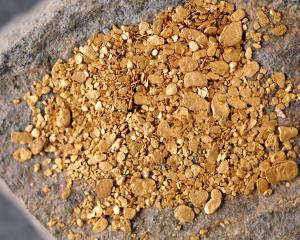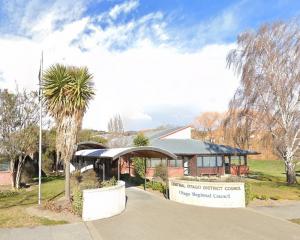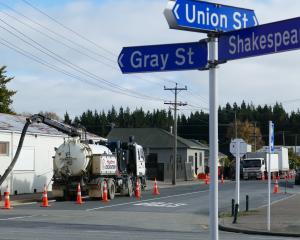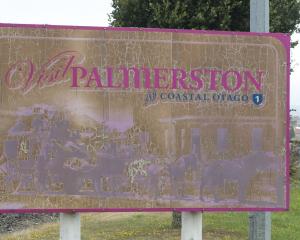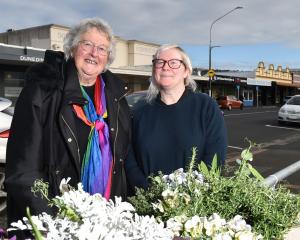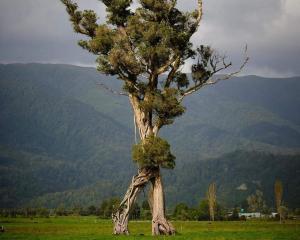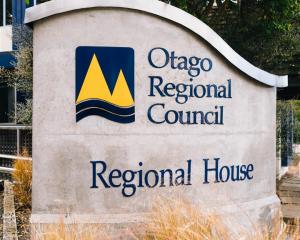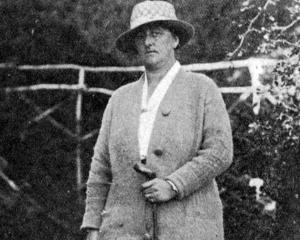
That might involve some residential retreat from higher-risk areas, sophisticated management of flooding, adjusting the environment to accept more water and combinations of approaches tailored to particular neighbourhoods.
Both the Dunedin City Council and Otago Regional Council this week approved a generic longlist of 16 possible approaches in South Dunedin for discussion with the public.
They range from restricting development in some areas to improving drainage and designing parks to be floodable.
South Dunedin Future programme manager Jonathan Rowe said at a regional council meeting yesterday residents could get a sense of which approaches on the longlist might apply to them by mid-2024.
That is when it is intended a more refined longlist with "a spatial dimension" will be arrived at.
Mr Rowe said a single solution was unlikely to be favoured, and instead there could be combinations of techniques used in different areas at different times.
A firm but adjustable plan should be in place by the end of 2026.
Cr Michael Laws asked if households would know by then whether properties in their area could be acquired for future flood protection works or mitigation.
Mr Rowe expected this would be the case and that residents would have an increasingly clearer picture even before this.
He also confirmed the likely measures required would be beyond the scope of councils to afford by themselves.
Cr Laws cautioned against relying too much on central government for money — "we might need a plan B" — but Cr Bryan Scott said it was long-term work and "we need to retain our vision".
The South Dunedin Future scheme is a joint programme between the city council and regional council aimed at improving the resilience of the area as it faces natural hazards and adapts to climate change.
The area is home to about 13,500 people, 1500 businesses and a range of critical infrastructure, but it is coastal, low-lying, flat and lacking a natural surface water outlet, making it vulnerable to storms and rising groundwater.
At a city council meeting on Tuesday, Mr Rowe said it was a complex hazard-scape.
The intention was to make the area not just safer, but better for residents.
City councillor Christine Garey said she had recently attended a house-warming in South Dunedin for a family who had chosen to live there after the 2015 floods.
Measures had been taken at the property to mitigate flooding risk, the family had engaged with South Dunedin Future events and had a positive view of the area’s future, she said.
The only councillor to vote against approving the longlist for public feedback was Lee Vandervis, who was worried about people catastrophising about climate change.
Dunedin Mayor Jules Radich responded by reeling off a list of recent storms that might have felt like a catastrophe to people affected.

